These dreamy, restaurant-quality, brunch-ready Jammy Eggs come together in under ten minutes.
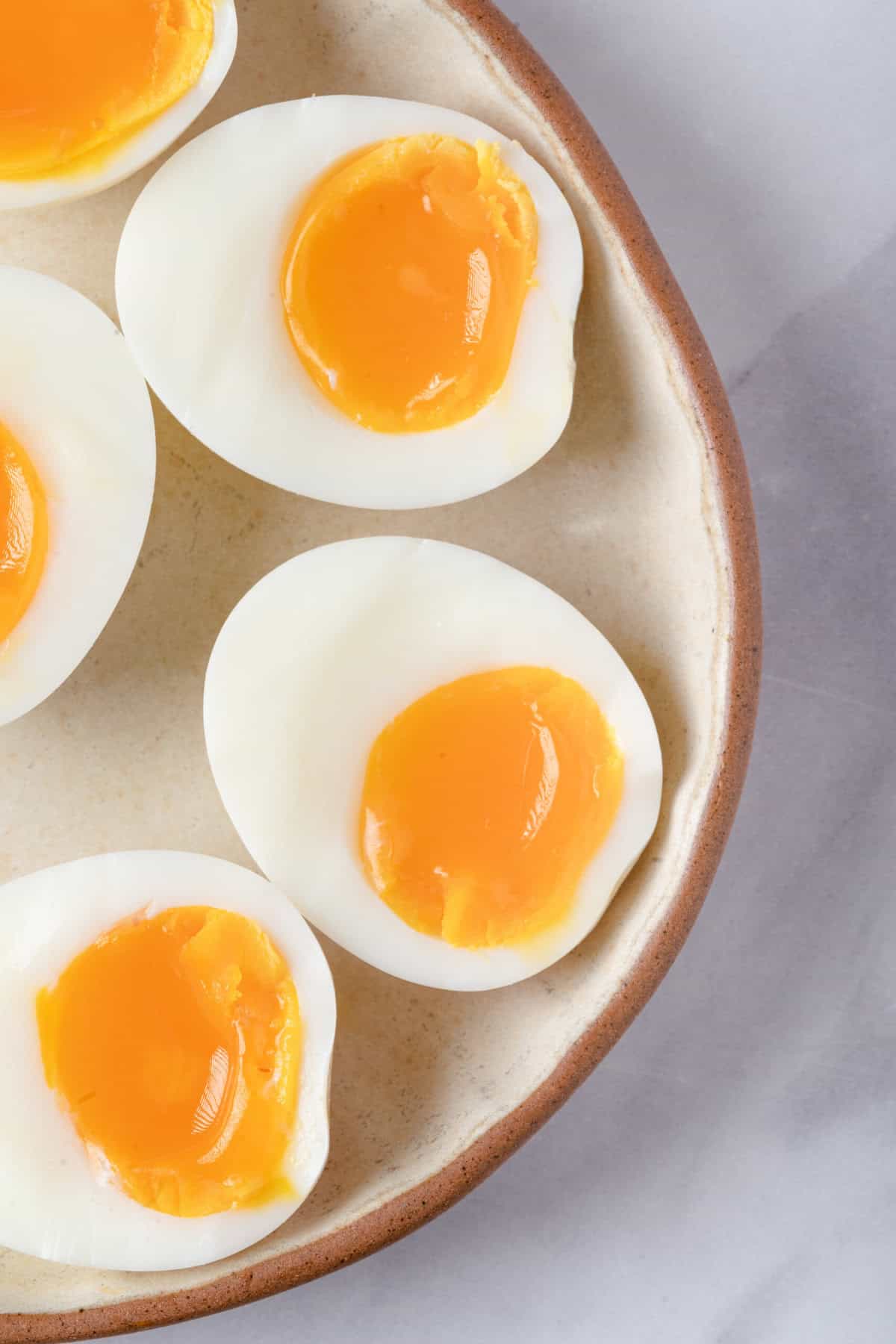
Back in 2019, I read somewhere that it was deemed “the year of the jammy egg.” Yet here we are, all these years later, and there doesn’t seem to be an end in sight to this collective adoration. I get the sense that, as a society, we’re knee-deep in what may be the decade of the jammy egg.
For years now, I’ve tried mimicking the precise creaminess of a jammy egg I was served in a bowl of tonkotsu ramen back in 2014. Now, after all these years of testing, I’ve decided that this recipe gets the job done. At the height of the pandemic, I was making these daily; cut in half, served on my favorite toast, and garnished with a dash of tamari and honey.
In my trial and error, I learned that the age of the eggs can affect the length of boiling time required to reach the soft-to-medium jammy yolk stage, and so I always keep that in mind when the white comes out a bit undercooked, or something feels off.
These delicious eggs are only slightly more advanced than your run-of-the-mill hard-boiled egg. They require an ice bath as a method of intervention, to halt the cooking at just the right time. They’re visually and texturally impressive, and the options for how you use them are endless. I’ve never met a jammy egg I didn’t love.
Are Jammy Eggs Healthy?
This is a simple recipe with pretty robust health benefits. In the 1990s, there was something of a yolk scare. Egg yolks were thought to contain high amounts of cholesterol, and for a time, it became common to eat just the egg whites. Today, our understanding of eggs (and cholesterol) has changed and eggs are considered one of the most nutritionally rich foods one can eat. They are a complete protein and an excellent source of omega-3 fatty acids, choline, vitamins A and D, and folate.
Eggs Around The World
As far as global consumption of eggs, Mexico, Japan, and China have been head-to-head for some time now. On average, these countries consume somewhere between three hundred to four hundred eggs per capita annually. When you take a closer look at each country’s culinary landscape, it makes perfect sense.
A typical Mexican breakfast of migas features scrambled eggs with pieces of corn tortilla. In China, eggs are beaten and then steamed to form a silky, almost custardy, steamed egg dish. The Japanese tamagoyaki, a sweet and savory rolled omelet, remains a staple. These are only a few of the most widely eaten and beloved egg-based dishes; but there are countless others.
INGREDIENTS
- 4 large eggs
- Water for boiling
- Ice for ice bath
- Kosher salt, to taste
- Ground black pepper, to taste

INSTRUCTIONS
Boil
Boil eggs to achieve a jammy yolk.
Chill
Cool eggs quickly in an ice bath.
Peel
Carefully peel the eggs for serving and sprinkle with salt and pepper.
Devour!
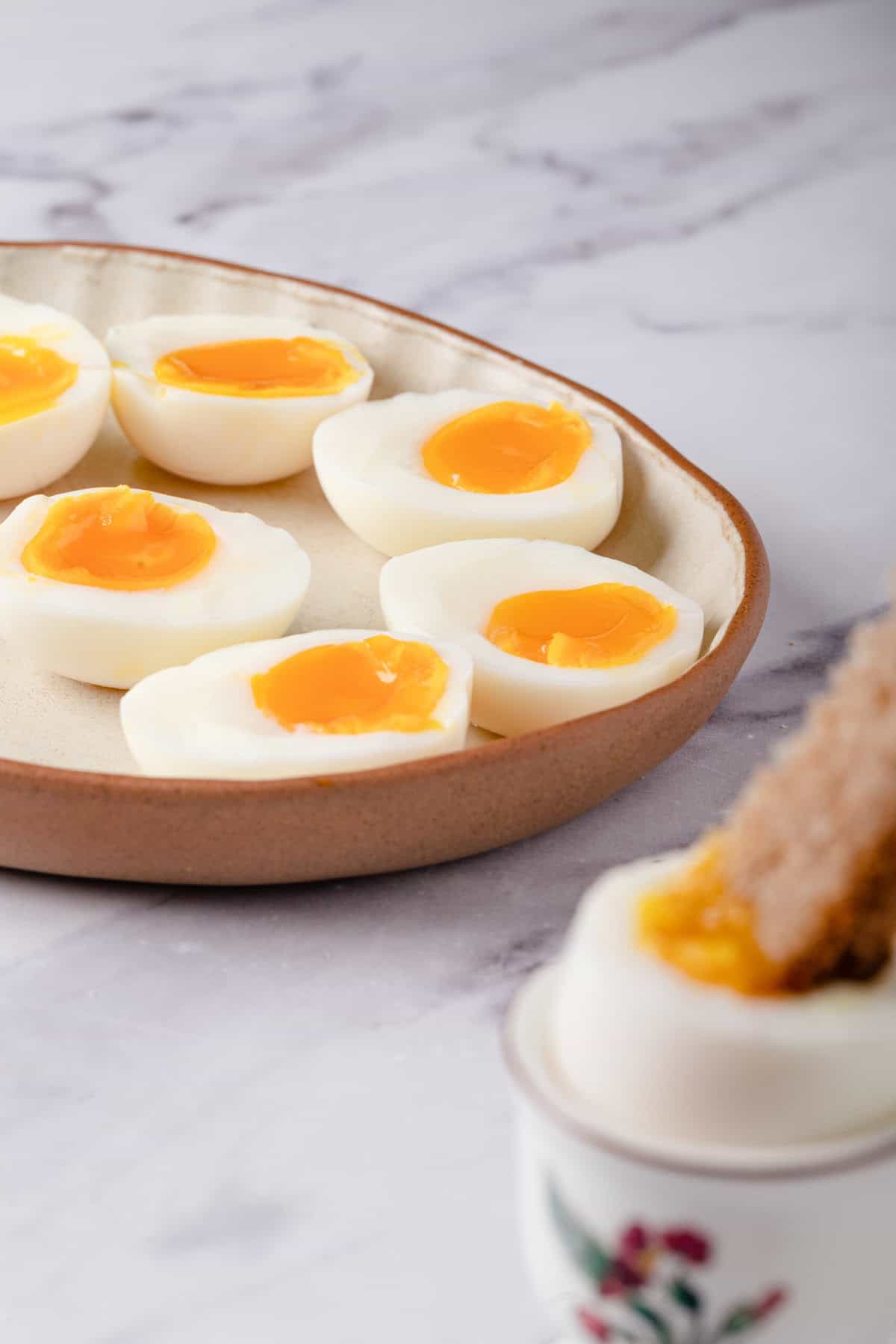
How To Make Ahead And Store
While best eaten fresh, you can store your jammy eggs in their shells in an airtight container in the fridge for up to 1 week.
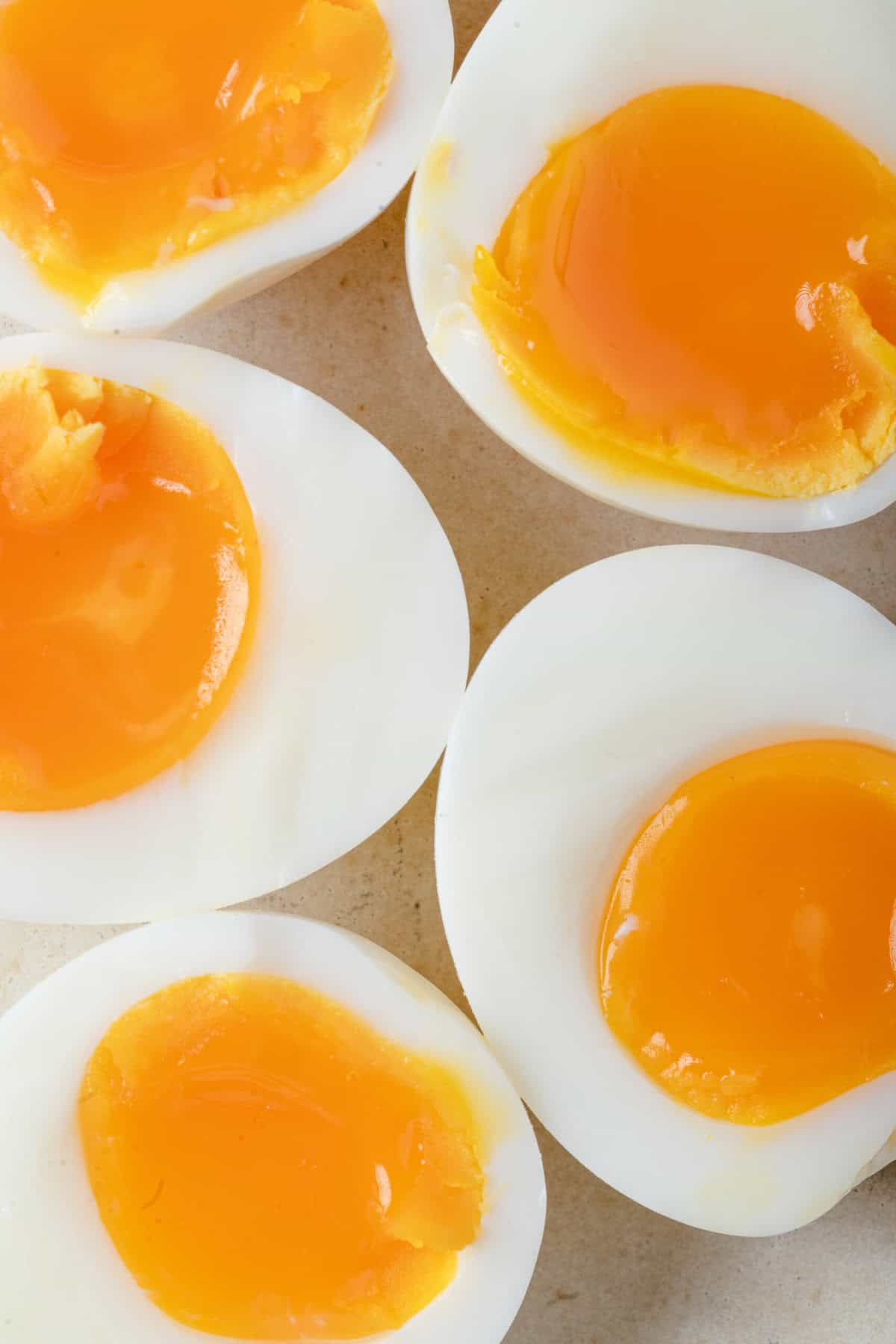
Serving Suggestions
The beauty of these jammy eggs is in their versatility. They can be served in a salad, dropped into a delicious soup, eaten with toast… you name it. I think they complement spicy, saucy noodle dishes particularly well, like these fabulous gochujang-infused Korean Noodles or this Chicken Ramen Noodles dish. And for dessert, this Cookie Dough Banana Ice Cream is seriously delicious.

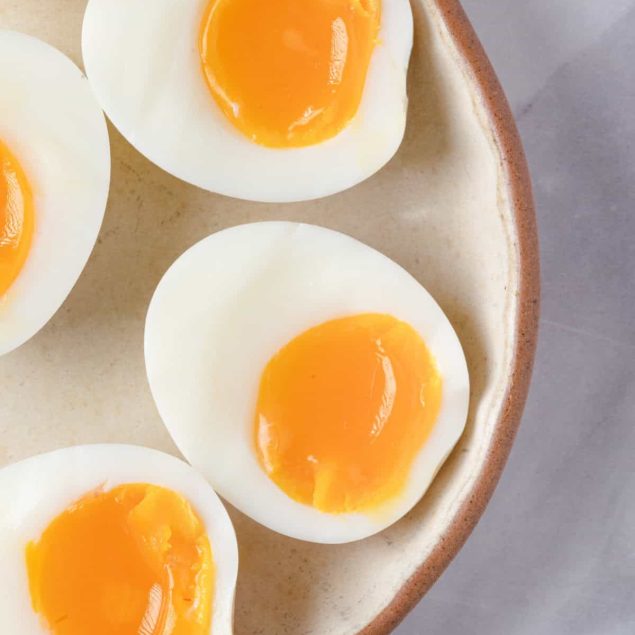
Ingredients
- 4 large eggs
- Water for boiling
- Ice for ice bath
- Kosher salt to taste
- Ground black pepper to taste
Instructions
- Bring a medium pot of water to a rolling boil.
- Carefully lower the eggs into the boiling water using a slotted spoon. Cook for 6 minutes and 30 seconds for a jammy yolk.
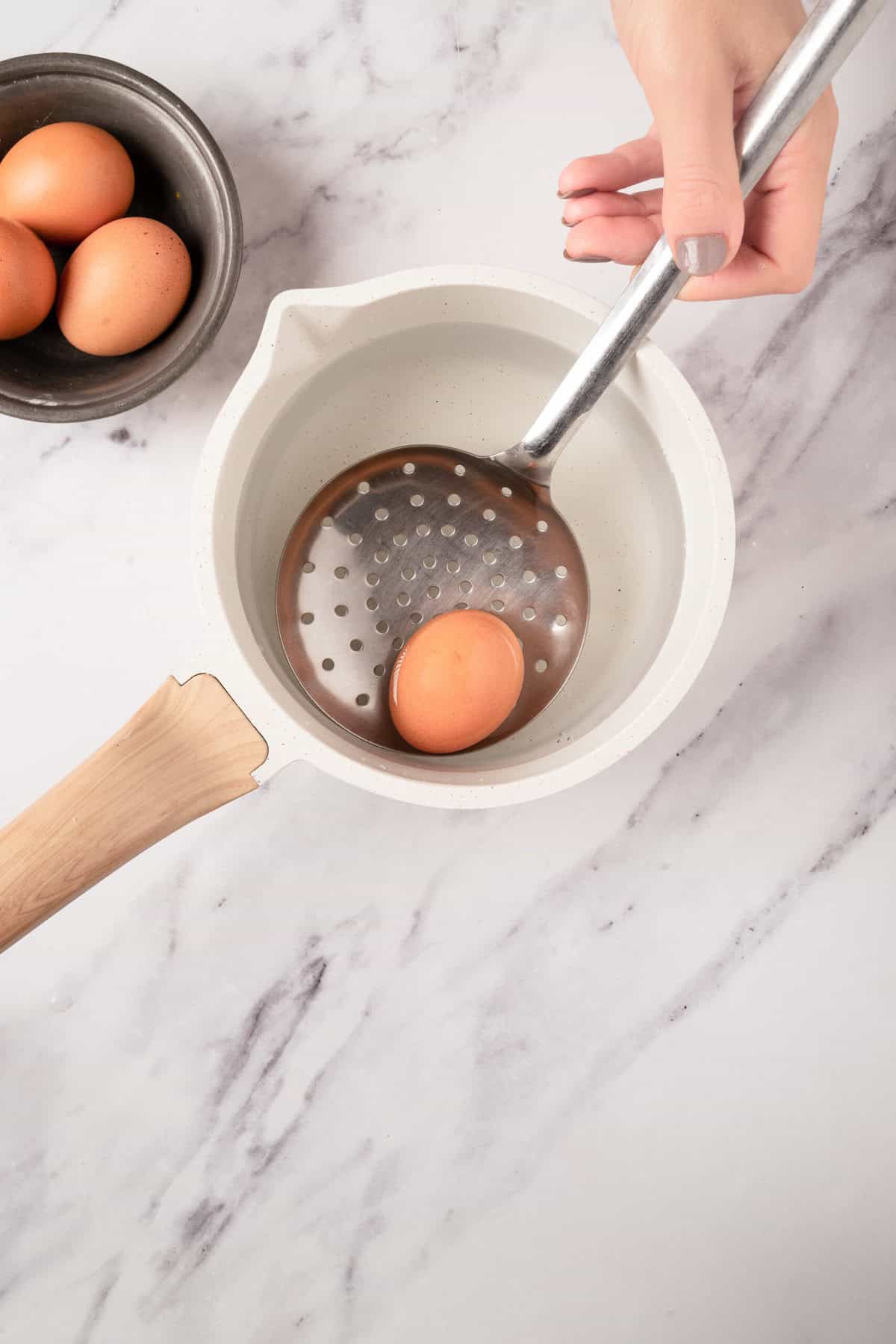
- Transfer the eggs to an ice bath immediately after boiling to stop the cooking process. Let them chill for about 3 minutes.
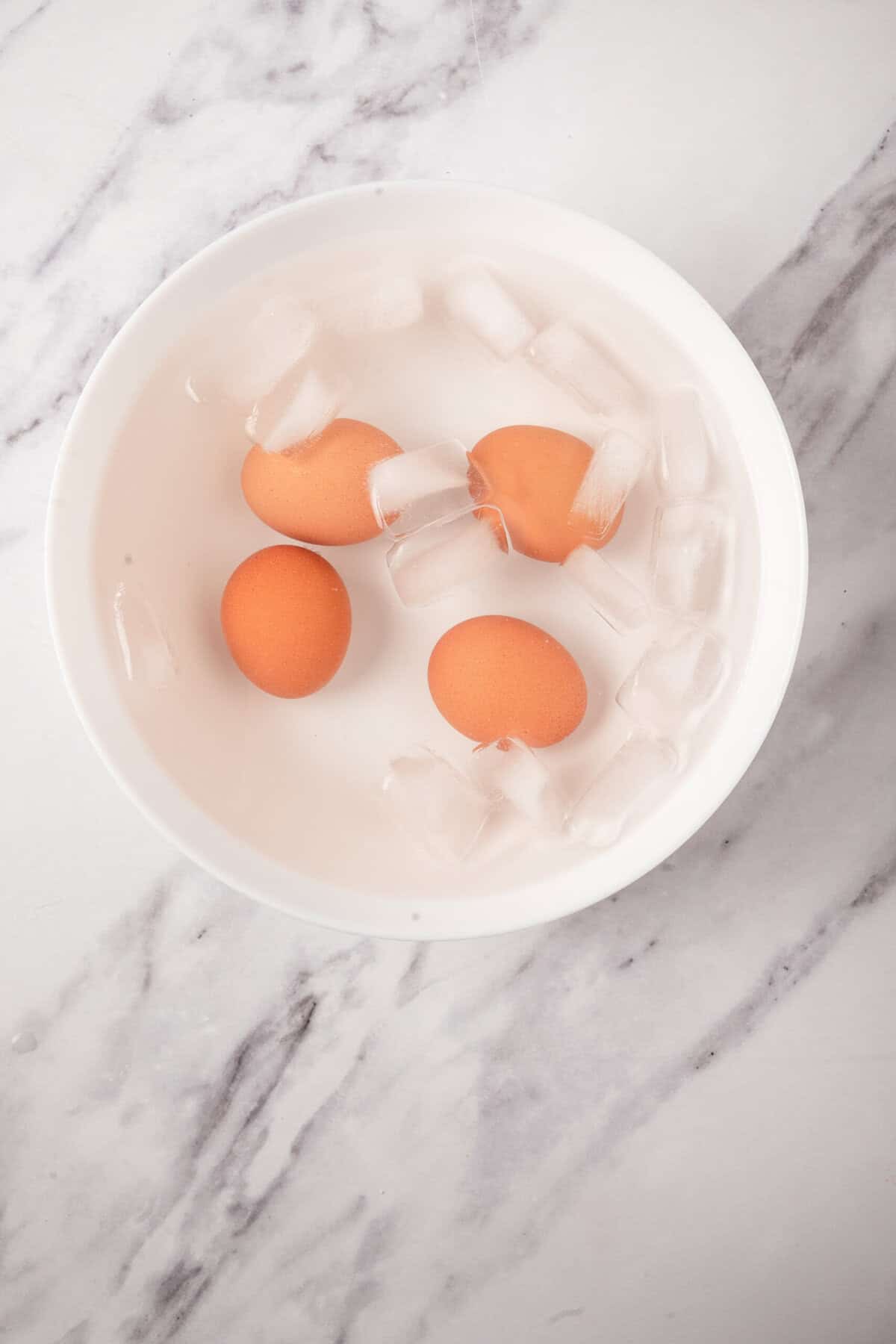
- Gently crack and peel the eggs. Serve immediately with salt and pepper or store in the refrigerator.

Nutrition Info:
Recipes written and produced on Food Faith Fitness are for informational purposes only.
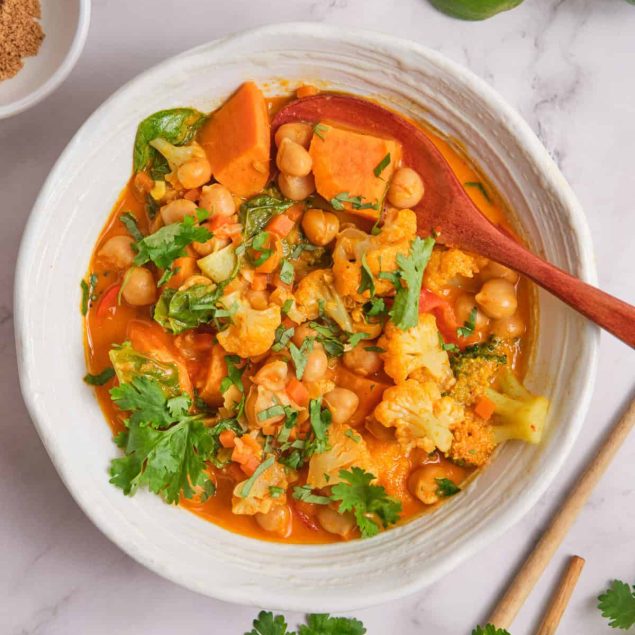
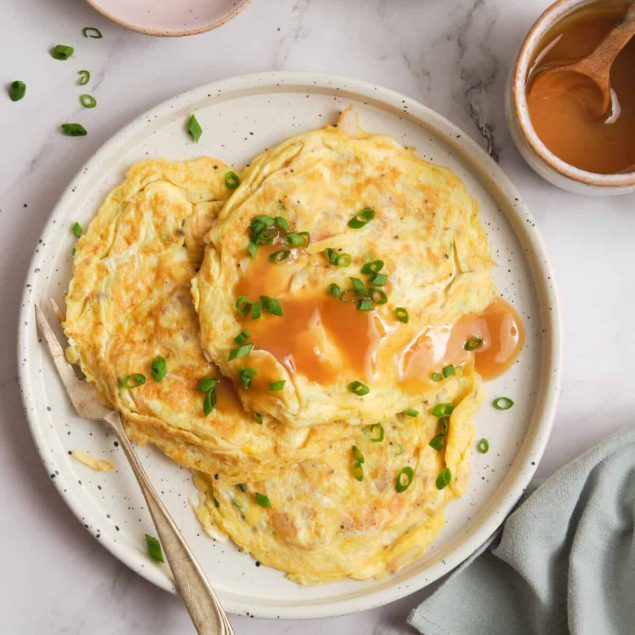
Leave a Comment